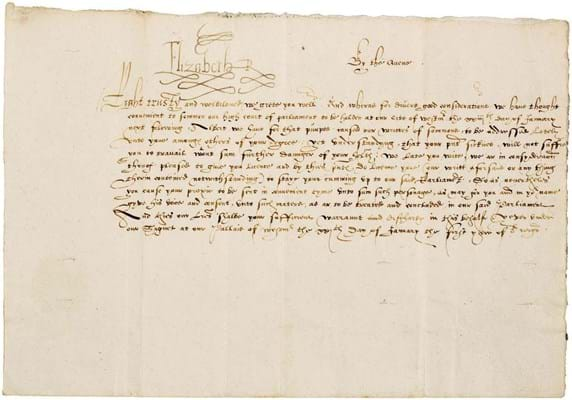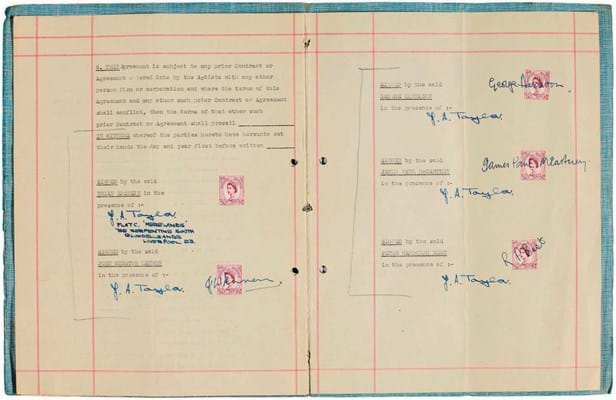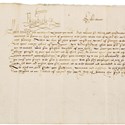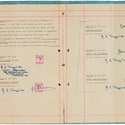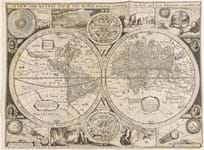In 2018 the firm’s mobile-friendly ecommerce platform delivered $50.7m (£40.3m) in sales, nearly three times the 2017 total.
The firm’s senior vice president, global head of ecommerce Noah Wunsch, speaking to ATG from his base in Sotheby’s New York office, reveals why the firm has even higher hopes for the online medium.
■ ATG: Why has Sotheby’s embraced the timed auction model?
Noah Wunsch: It gives us access to new audiences: about 50-55% of bidders in online-only auctions are completely new to Sotheby’s. And it’s beneficial to those audiences as it gives them an access point that they may not have felt was there previously with the auction house.
It’s also a wonderful opportunity to test new categories.
■ Why is online-only particularly friendly for new bidders?
Leaving aside the fact that some of our clients are the greatest technology leaders in the world, we’re dealing with a more digital-native audience comfortable with bidding through their devices or computers.
An interesting aspect of online-only is since launching our mobile bidding platform, we’ve seen more than 60% of bids come through mobile devices in online sales.
Three or four years ago people would assume that bidders wouldn’t spend at a high price point through their mobile devices. But that has changed dramatically – people are now comfortable bidding tens of thousands, if not hundreds of thousands through their mobile devices.
■ Maybe one day a Picasso will be bought via a mobile bid…
I think one already has!
■ We’re not just talking about lower-priced objects then…
That’s a myth and one we’re continuing to disprove over and over as we keep setting [hammer price] records.
Our specialists are getting much more comfortable with online-only as a platform to sell very valuable and exceptional works.
Previously it was perhaps a self-fulling prophecy – that we believed high value items wouldn’t sell in online-only because we weren’t placing high-value items there.
But we’ve proved time and time again we have no problems selling items over $1m.
■ Do you see more auctions migrating to online-only?
Absolutely. The decisions made on which sales to convert to timed-only are based on trends we’re seeing in the data. So, if we see a category has 70% of their bidders bidding online, it begs the question of should that category should be an online-only sale, given the bidder base seems most comfortable bidding online.
A great example this year was when the Paris Now! sale (mixing Contemporary, design, photographs and African art), historically a live sale, switched to online. The results were almost exactly the same as when it was a live format.
Books and manuscripts sales have migrated over and we get similar results, if not better, to live. That category is the record holder for two of highest online-only results.
■ Do you have to persuade consignors to sell via online-only?
In some instances, certainly, but usually the data speaks for itself. Some sales don’t do as well as others, but our average sell-through rate is exceptional at 82.5%.
■ What levers do you find most efficient in generating competitive bids and all the things a live auction does?
Great question. I have three strategic KPIs I revert to when considering whether a sale can be successful for Sotheby’s online or if I’m testing new categories.
One of those is sales value. Is this a sale that represents exceptional quality and will be in demand for the market, to make a nice return for Sotheby’s and for the client?
Second: is this sale going to generate a really interesting story? Is this going to get the Sotheby’s brand out there in a bigger way? And the third KPI is audience development – do we believe that through this sale we are going to attract a new base of bidders?
Whenever I look at new category sales, I like to make sure at least two of those three strategic KPIs are present, if not all three.
■ How do you balance the scheduling of live with timed?
When dealing with sales in the same category, we have the online close after the live one. But in some cases, we can run them concurrently. We have the Old Masters online-only running concurrently with a live Old Master sale and they perform exceptionally well.
We like testing different time periods too, because we know that it’s different for different categories.
We had a Surrealist online sale in New York recently which ran alongside our Impressionist and Modern Art day and evening sales.

